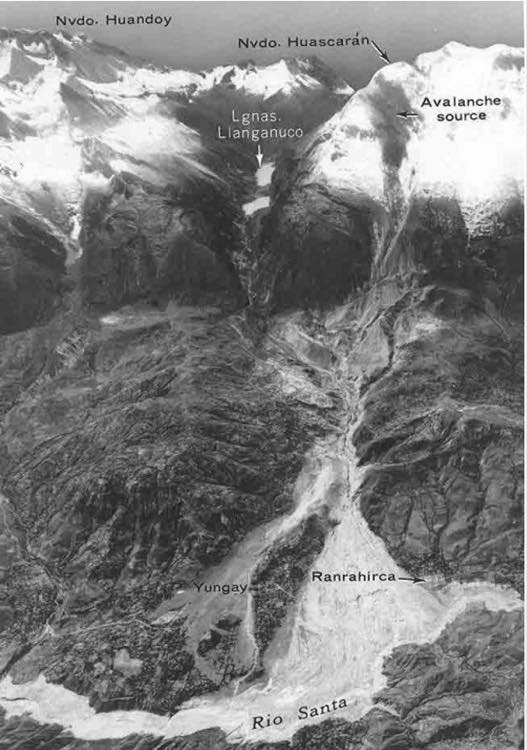EXPLORATION: Effects of Natural Disasters
2. Effects of Earthquakes
The energy released from an earthquake can be up to 10,000 times more powerful than the first atomic bomb. Its side-effects can be:
Ground shaking
Shaking of the ground caused by the passage of seismic waves, especially surface waves near the epicentre of the earthquake are responsible for the most damage during an earthquake. The intensity of ground shaking depends on:
- conditions of the local geology influence events: solid bedrock is far less subject to intense shaking than loose sediment;
- duration and intensity of the earthquake are subject generally to the size of the earthquake;
- distance: the distance from the epicentre drops off so the intensity of the shaking decreases. This depends on the type of material underlying the area. There are however some exceptions. The 1985 Earthquake in Mexico city (magnitude 8.1) had its epicentre 350 Km away to the south on the coast. Damage to city was extensive as Mexico city is built on a former lake made up of soft Sediment. This is known as liquefaction.
Faulting and Ground Rupture
When an earthquake event occurs, ground rupture is only where the fault zone moves. Those constructions built adjacent to the fault will survive while structures built across these zones will collapse.
 Landslides and ground subsidence
Landslides and ground subsidence
Avalanches, landslides, slumps and rock slides are triggered by ground shaking. These landslides are often more destructive than the earthquakes.
The image to the right depicts the results of the Ancash Earthquake which struck off the coast of Peru in May of 1970. Measuring 7.9 on the Richter Scale, it triggered an avalanche and rockslide which buried several towns, destroying 90% of the buildings in Huaraz, the area's capital. It is estimated to have unleashed about 80 million cubic metres of ice, mud and rocks which traveled at hundreds of kilometres per hour.
River course alteration
Earthquakes can alter the course of a river and can even cause it to flow in the opposite direction for a short time (this happened to the Mississippi River in the late 1800's). River course alteration from an earthquake can be temporary or permanent.
Tsunamis
One of the most dangerous effects of an earthquake is a tsunami. Tsunamis are giant waves that can cause floods and in some cases may reach up to 30 metres in height. These deadly waves strike a great distance from the epicentre. Tsunamis often result from sub-sea faulting of ocean floor sending seismic shocks through the water and creating large waves of low amplitude but of long period, moving at 800 to 1000 kmh.
The tsunami caused by an earthquake in the sea near Sumatra on 26th Dec, 2004 hit southeast Asian countries including Indonesia, Thailand, India and Sri Lanka. There was heavy damage in these countries. More than 300,000 people died.
Text on this page adapted from SMS Tsunami Warning